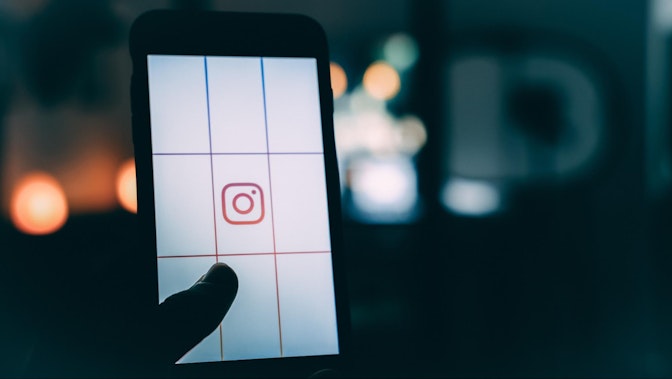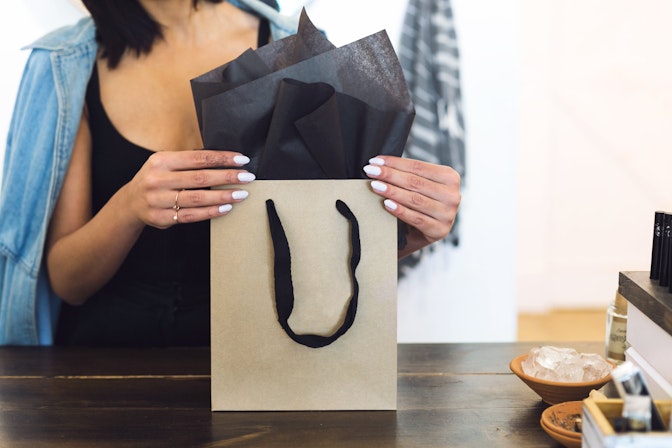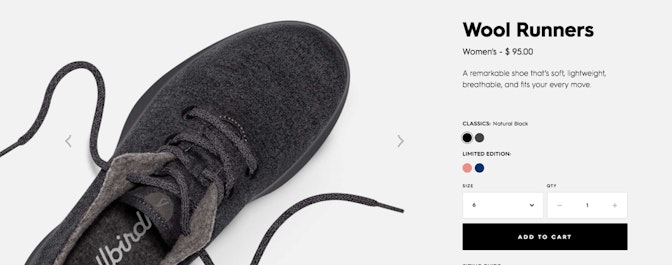The importance of branding can’t be overstated. Good branding will set you apart from your competition and keep customers coming back.
But how do you go about branding your business? What does that even mean?
Instead of explaining branding with vague terms like “visual identity” and “sans serif font family,” we’re going to go over how to build a brand step by step.
By the end of this post you’ll know how to:
- Identify brand buzzwords on Instagram
- Find a click-worthy business name
- Create a memorable logo
- Communicate your brand to customers
Ready to get started? Let’s build a branding strategy!



Why Branding Matters
Branding your business is super important, and that’s especially true if you’re dropshipping with Shopify.
That’s because there’s typically more than one dropshipper selling a given product. Good branding sets those sellers apart from one another and big-box competition like Amazon.
→ Click Here to Launch Your Online Business with Shopify
By the way, if you’re new here, dropshipping is one of the easiest ways to start an online business. Instead of buying tons of inventory for your Shopify store, you only order products when you get sales. Your supplier ships your orders for you, so you can sell all over the world! But being a successful dropshipper requires constant learning.
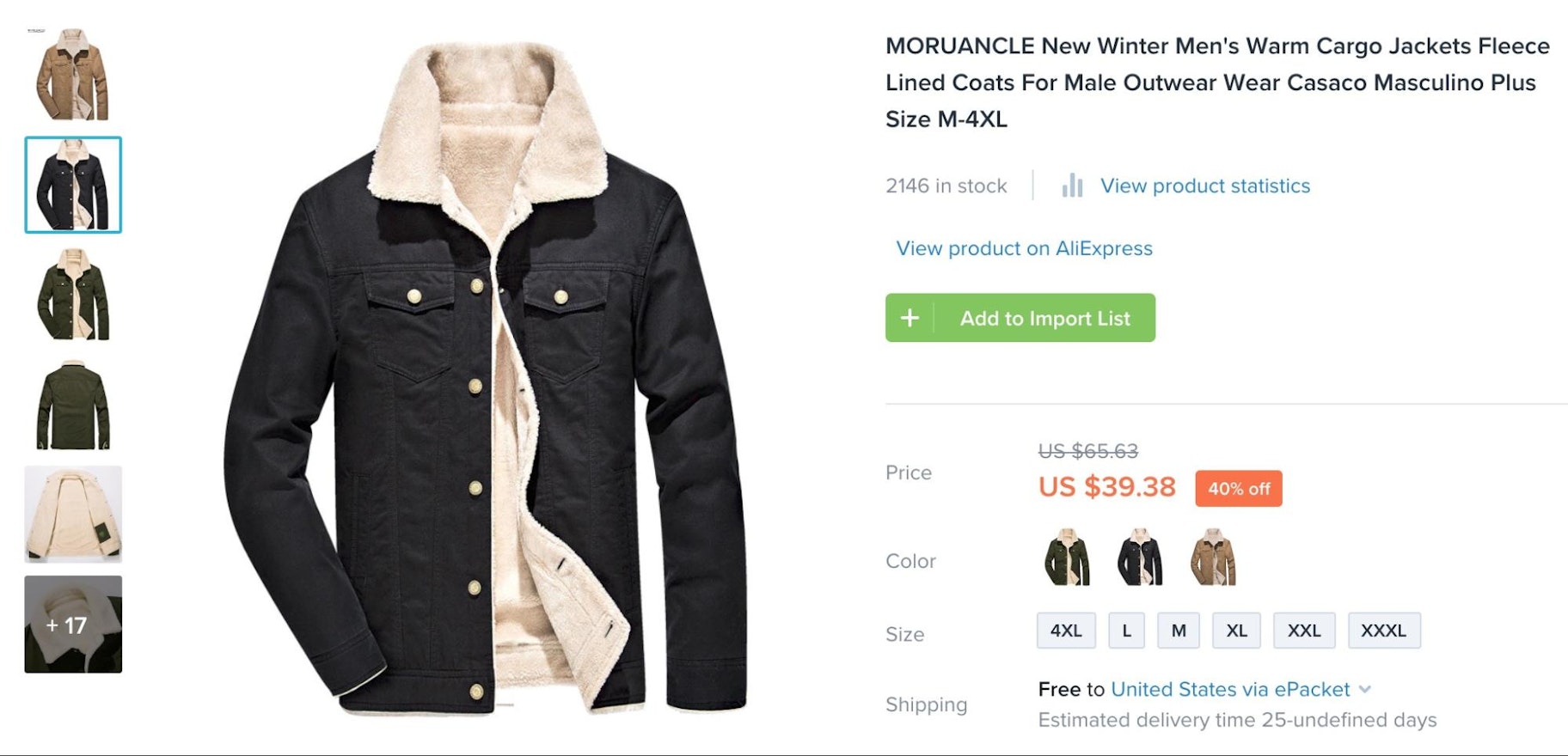
This street style should play well with customers, plus our personal research confirms that its a popular item. However, this jacket is about $40 with shipping. I want to sell it for at least $59.99 to make a profit.
To get sales at such a high price point, we need to build a brand. That brand should convey that my products are high-quality and worth the high prices I charge for them.
But let’s stop for a second. What is a brand?
What is a Brand
A brand is the impression a store has on its customers. Online stores make these impressions through a combination of store design, copywriting, color palettes, and imagery.
In other words, imagine your store was a person you met on the street. What would your store look like? How would they walk? How would they talk? What would they say?
There’s actually a correct answer here.
Your store should look like, walk like, and talk like… your customers.
We’re attracted to what we already recognize, and that goes for online stores as well as people. So if you build a brand that feels familiar to your customers, you’ll get more sales.
But wait. We’ve only just chosen what I want to sell. We don’t have any customers. How we are supposed to know what they look, walk, and talk like?
Enter the first step of branding your business. Head straight to Instagram.
Step 1: Research Relevant Instagrammers
First I’ll find out who our customers are. Not like their full names, but their personalities. I want to know what they wear, what vibes they give off.
To do that, I’m going to find people who are already using my product or something like it. I searched for hashtags relevant to my niche – men’s fashion – and to this particular product – denim jackets, shearling jackets, and men’s jackets. Then I scrolled through the top posts, looking for captions that really said something. Here’s what I found.

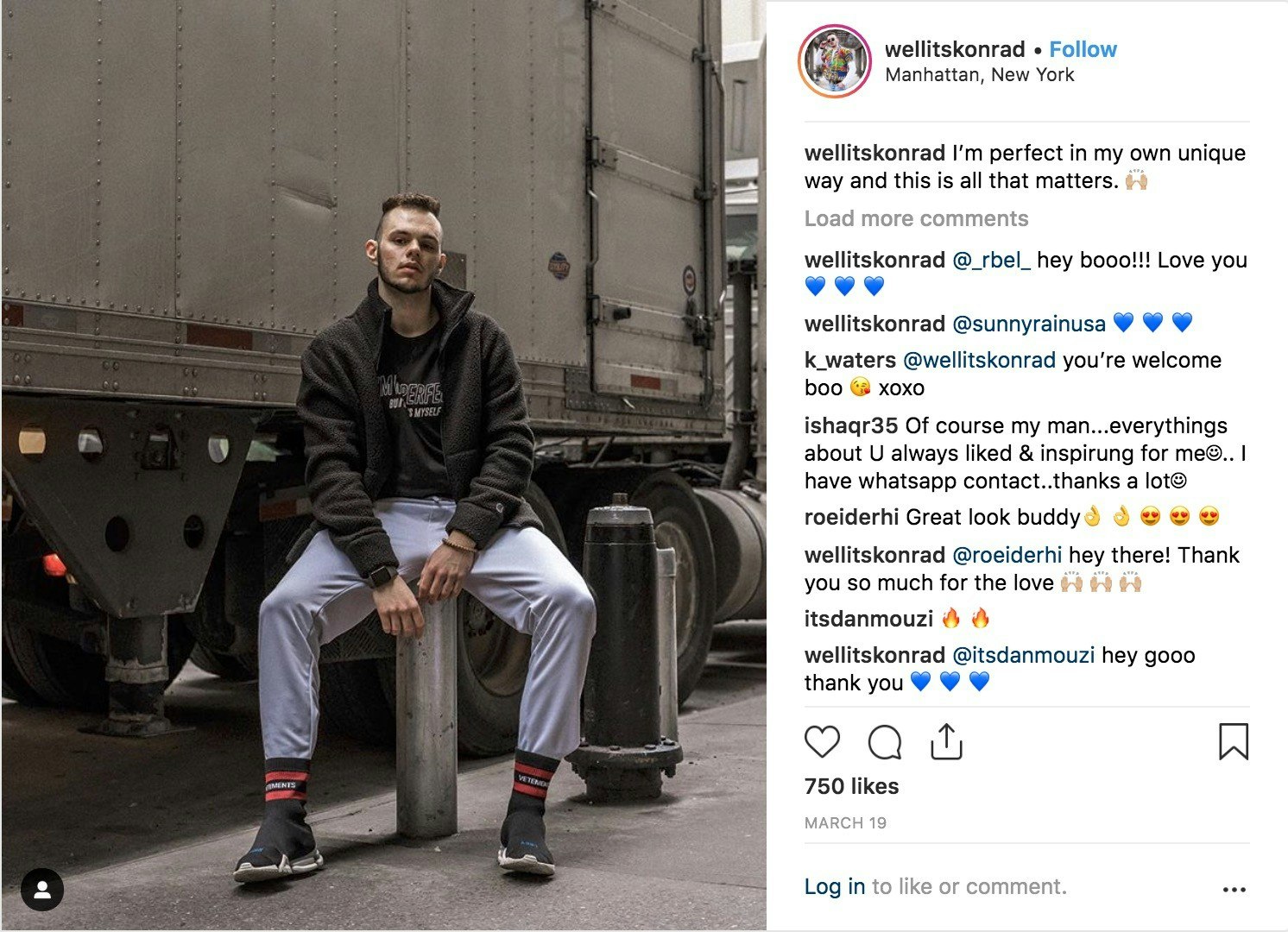
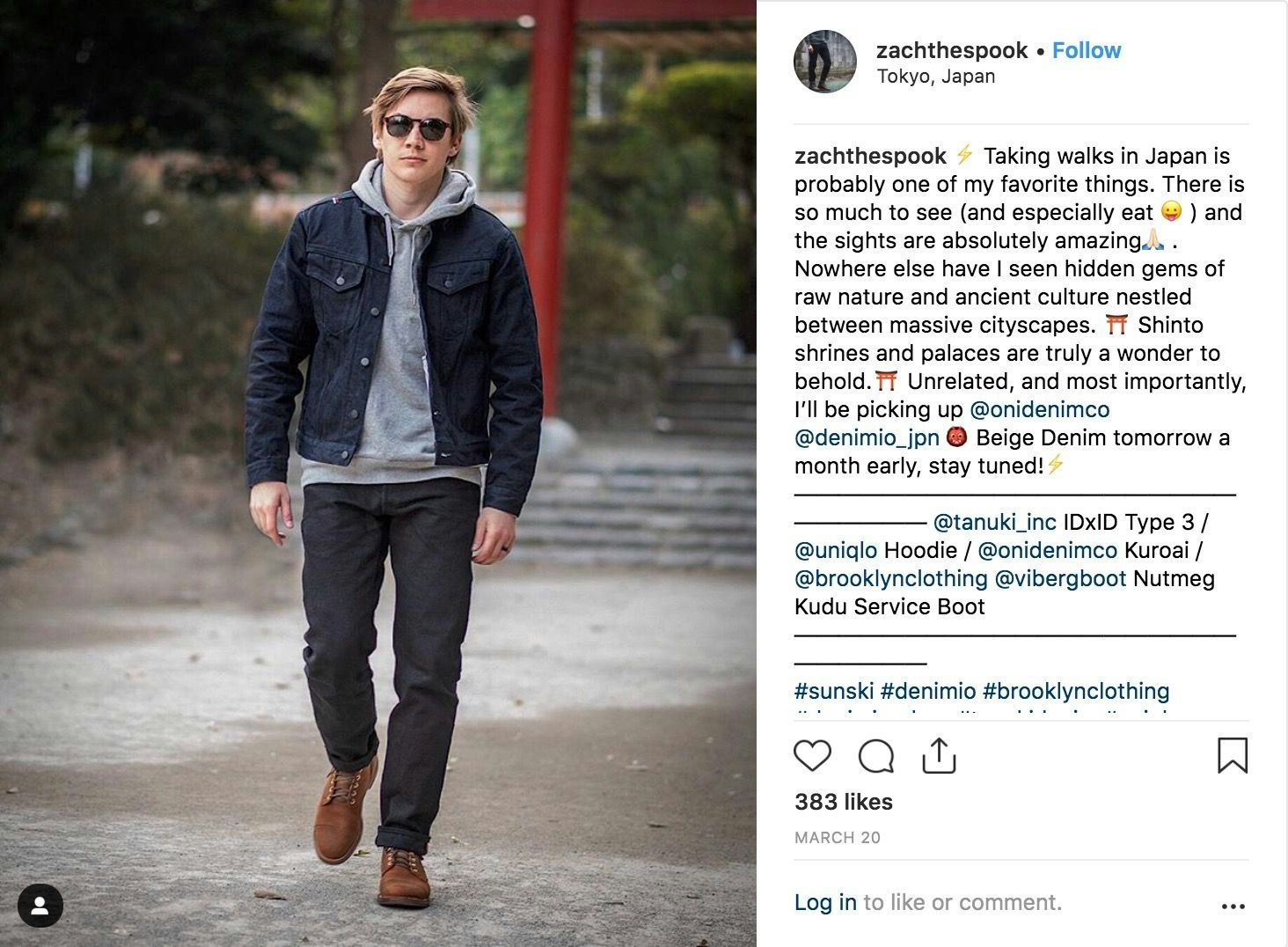
Taking these examples together, here’s what I jotted down about my potential customers.
- Casual
- Cool
- Athletic
- Confident
- Individualistic
- Likes to travel
We’ll call these my brand buzzwords. Now I’m starting to form a brand in the image of my potential customers. My next step is to create the all-important business name.
Step 2: Create a Business Name
A lot of entrepreneurs spend hours stressing over their business name. It doesn’t have to be like that. When it comes to branding your business, there are three criteria for a good business name.
First, your business name should make it fairly obvious what you’re selling. Lots of brands break this rule and do just fine. But if you’re just starting out, don’t make your customers guess what you sell. In my case, I want words related to jackets, outerwear, or menswear in my business name.
The second rule of a good business name is that the name is somehow connected to my brand buzzwords.
And the third rule is that the business name has to be available as a dot com. Ideally, the name is available on social media channels too.
With these rules in mind, let’s find a business name for my jacket startup.
First I’ll head to the Shopify Business Name generator.
Now I’ll type the word jackets. That checks off my first rule of finding a good business name, since the word jackets relates to what I’m selling.
I’ll click Generate Names, and I get a list of 100 potential business names. There’s a lot of good stuff on here. I like Horizon Jackets, but I wonder if it’s a bit too outdoorsy for my customers. After all, when I think of Horizon, I think of deserts, outdoors, etc. My brand buzzwords don’t include anything about the outdoors.
Oh but I really like Valor Jackets. The word valor makes me think of courage and masculinity, which fits with my brand’s confident and individualistic streak.
That checks off rule two of finding a good brand name. Now for rule three, I like to go to namecheck.com to see if the name I like is available.
Now our brand has a face and a name! The next step is to make it official. We won’t do a full-on store build today, but when you’re ready for that, click this link.
(For the record, I didn’t buy Valor Jackets. If you want a new domain for your niche, then make sure the niche is going to stay relevant for at least a couple of years.)
Now that I’ve got brand buzzwords, a great business name, and an online store, it’s time for the next step in ecommerce branding.
Step 3: Create a Logo
I’ve got to create a logo. For this step, I’ll head on over to Hatchful, Shopify’s free logo creator tool. Hatchful first prompts me to choose my niche. I’ll click fashion, and hit Next. Then Hatchful asks me to choose my visual style. I remember my buzzwords include confident and cool. Bold and calm are similar, so I’ll keep those selected. Scrolling down, I also see strong. That sounds exactly like my customers: bold, calm, and strong!
Now Hatchful presents me with a ton of logo options.
I ended up picking this logo right here. It kind of looks like a pilot’s wings, and that connects with my customer’s love of travel.
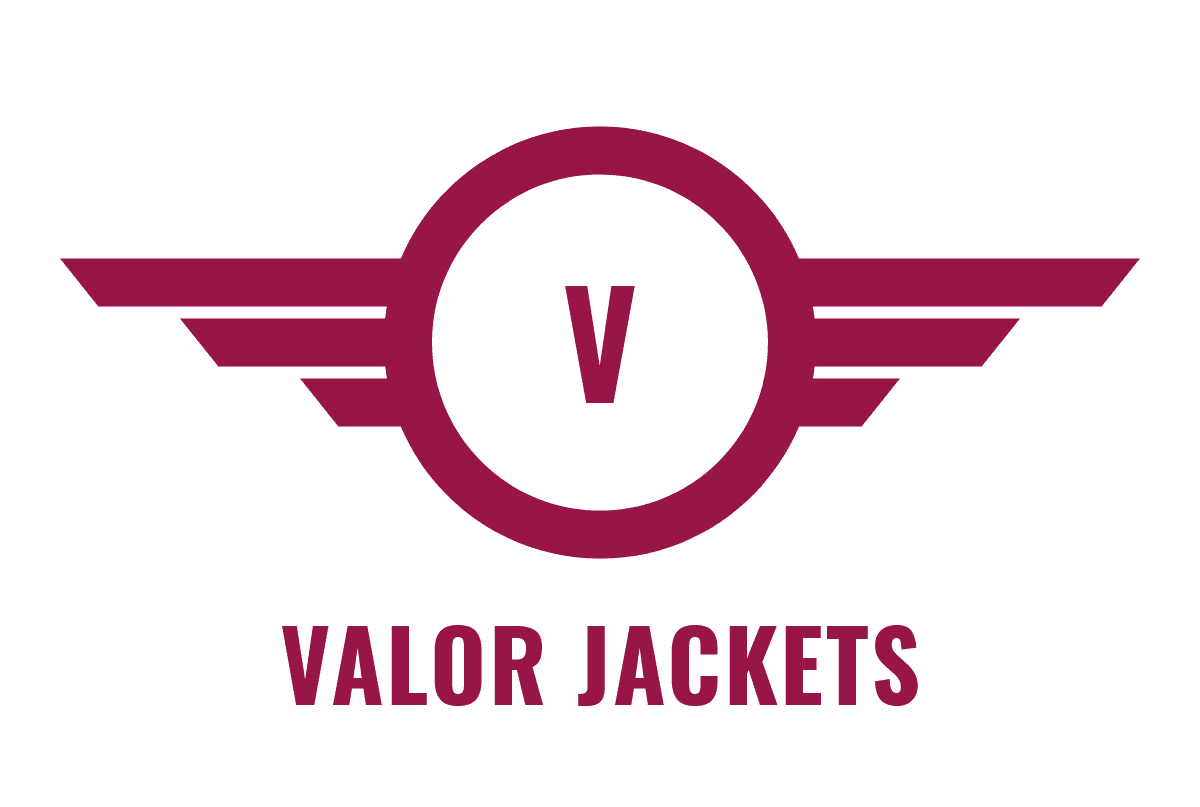
Now that I have my logo, I can sign up for Instagram and Facebook. I’ll use my logo as my profile photo on all social media accounts.
Step 4: Keep it Going!
There are lots more tips to how to brand an online store. The images on your website should fit the brand, and so should the font. So for my store, I’m going for courage and masculinity. Therefore, I wouldn’t want a playful font. I’d want something strong. The same philosophy should dictate the images you choose, the product descriptions, and everything else that people will connect to your store.
So I’m not done – but I’m on my way! Starting with a single product, I found a few brand buzzwords on Instagram. I then used those buzzwords to find a great business name and create a cool logo. And with that logo, I built a brand identity with coordinating colors and fonts in my Shopify store.
Now it’s feedback time! What do you think of the brand I built? What would you change? Let me know in the comments below.



